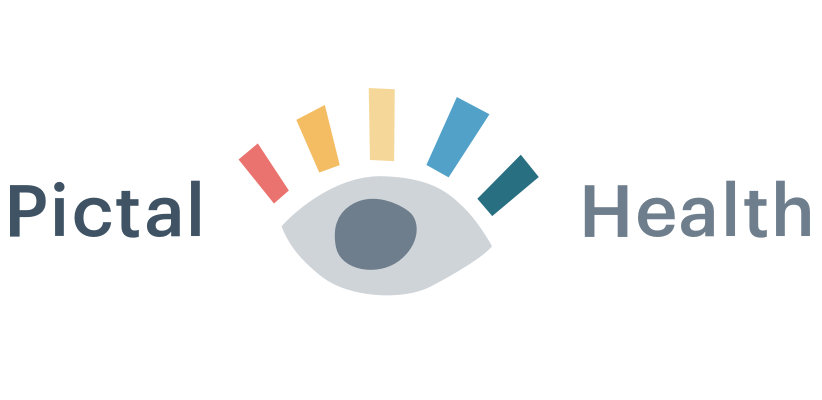What's the business model for Pictal Health?
Starting a healthcare business is hard. The people who get the most value from your product or service often aren’t the ones accustomed to paying; your end users and customers may be wildly different.
With Pictal Health, a company I’m starting to help visualize patients’ health histories, it’s already very clear who the end users are: patients, caregivers, family members, and the healthcare providers who help them. In our early pilot process of visualizing patients’ health histories and symptoms, we’ve seen these visuals help patients and providers communicate more efficiently and understand each other better. The feedback has been very positive, from both sides.
But people keep asking me, ‘who is your customer? Who would pay for this?’ Good question. As I move toward creating a product to scale this service to many more people, I need more clarity on who the actual customer is.
My theory is that, at the right price point, patients and families may have an incentive to pay to visualize their own health stories or their family members’. I’ve seen how this can help undiagnosed patients tell their story more efficiently and troubleshoot what’s happening, help facilitate the first visit with a new doctor, and prevent people from having to repeat their story over and over.
Providers, at least the ones who have purchasing authority and autonomy, may also be incentivized have their patients visualize their health history prior to office visits; this helps especially during visits with new or complex patients. As one doctor said recently: “wow this is exactly what I try to do in my head when talking to patients — this is so useful!” I think all types of providers would benefit from visual communication, but I am currently focused on holistic and alternative providers, as they are already taking extra time to understand patients’ whole stories. Mental health and social work providers are another interesting group I’m just starting to explore.
There are many other potential customers, such as insurance companies, self-insured employers, accountable care organizations, hospital systems, pharma, and more. But bigger customers mean more bureaucracy and barriers, and sometimes nefarious incentive systems.
What you said
I posted a short survey and asked who should pay for Pictal Health’s services. Far and away the most common answer was Health Insurance, and after that, Patients. There is an interesting tension between the idea of having insurance (or some other healthcare organization) pay for patients to visualize and articulate their stories, and ensuring patients ‘own’ their stories and that their data is kept safe. This is the tension we are grappling with every day!
I’m grateful to those who gave your time to answer the survey - thank you!
